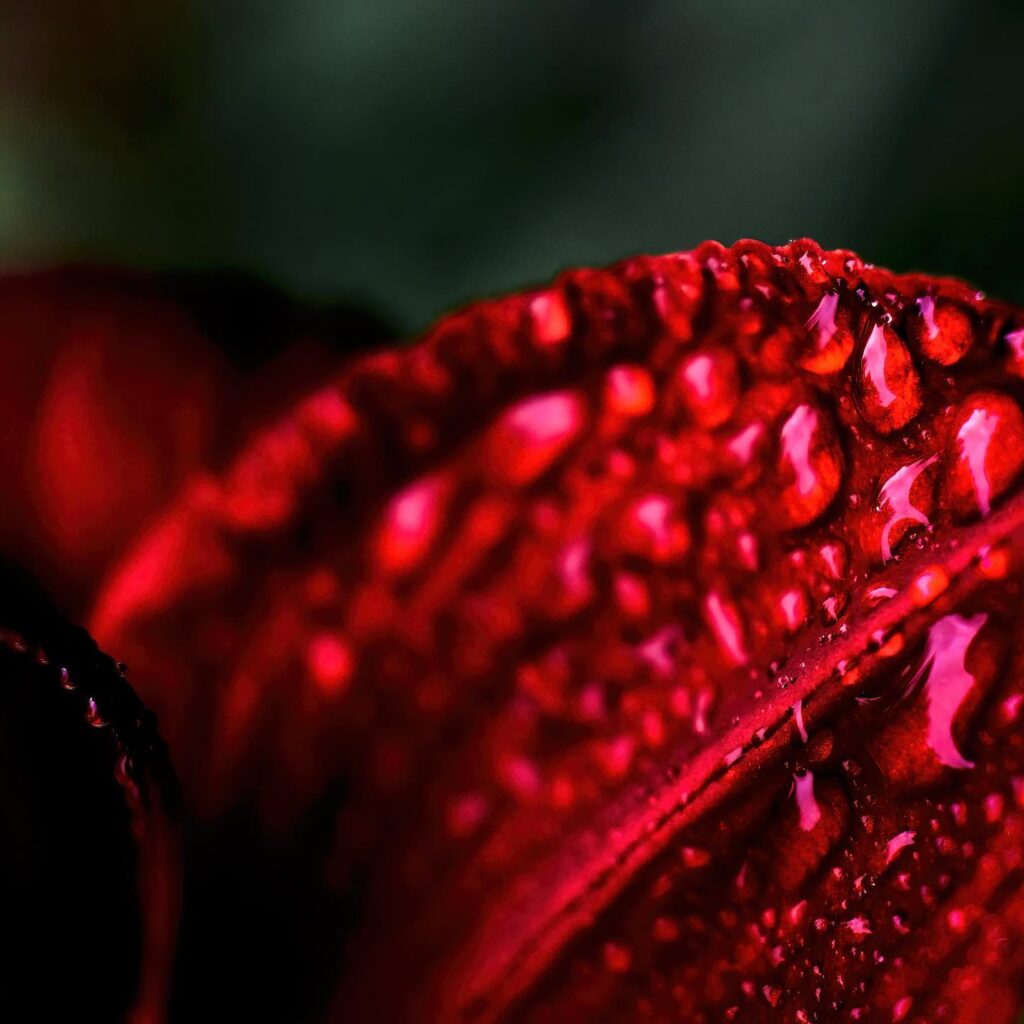
Lisa Tang Liu is a photographer and writer. Her work has been shown in solo and group exhibitions, and published in various art magazines. She lives in Massachussets, where she homeschools her two children with her husband, the writer Ken Liu. Her work can be found online at her Instagram accounts, Expert in Nothing, Pigmentia Holga, Nature of Dao, and Pigmentia Fences.
So – you’re a photographer.
Yes! In fact I was a professional wedding photographer for quite some time, before having kids, and I knew I couldn’t do it forever. It was a very draining kind of work and as I was coming out of it, I got more into the art stuff. I exhibited, and I had solo shows, and then I took a break. Because photography is very expensive, and the equipment took up so much physical space, it just didn’t make sense when we were to have kids. And so wanted to just cut my expenses instead of pursuing more shows.
Originally you took a sort of roundabout route to photography because you were a corporate warrior for a few years?
I don’t know about warrior – more like a lamb! But yeah, I don’t think I was cut out for the corporate world. I knew it wasn’t for me.

So what attracted you about photography? How did you know “Oh, this is the thing I want to do?”
It’s kind of funny. I bought my first SLR camera (single lens reflex – analog and not digital back then) to go on a trip to Italy–it was actually my only time in Venice. That trip was my first trip with a camera. I went to Italy because my childhood best friend was getting married in a town called Conegliano—that’s where her husband is from. So I spent some time in Venice afterwards with other friends. After that, I started taking pictures more seriously and took workshops.
Also, I had a previous marriage and I actually had a like a full-out wedding and I was observing what the wedding photographer was doing and I found it kind of interesting. I was like “oh, that might be a kind of a cool thing to do, photograph people’s weddings.” People are always happy in weddings and I thought about that and I decided to give a try. So I took workshops and wedding photography and put together a portfolio from friends’ weddings and, and people hired me. So that’s how I started.
So Venice got you into photography in a way.
It did!
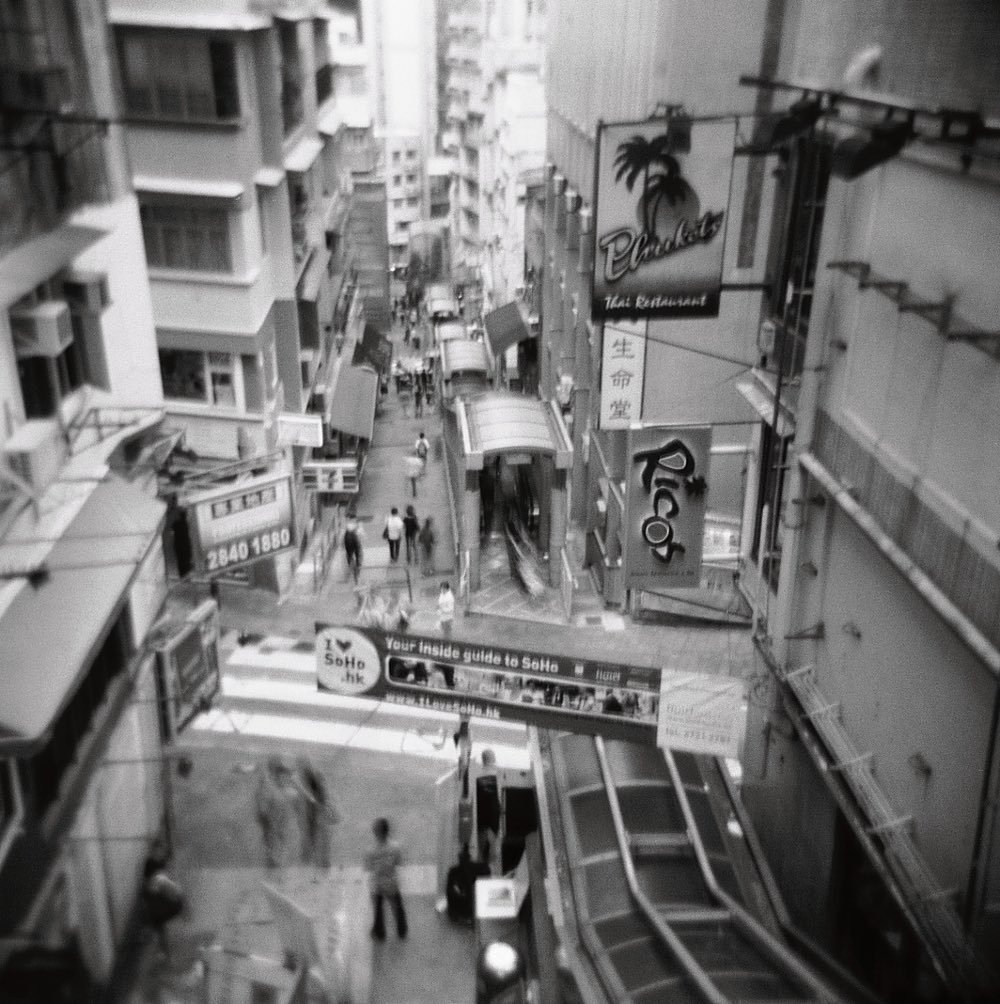
I think that wedding photography is really interesting – as you say, it’s a happy occasion, but also you get to focus on people and portraits and expressions. Was that something that attracted you, or was it just an interesting way to make a living for you at first?
It did attract me. And I like candid photographs a lot more than formal portraits. I knew I had to do formal portraits no matter what, but I really loved capturing those candid moments and watching people. I always feel a sense of inhibition if I’m in the street taking pictures of people. But you are given a license to do that if you’re photographing a wedding. So it was fun that way.
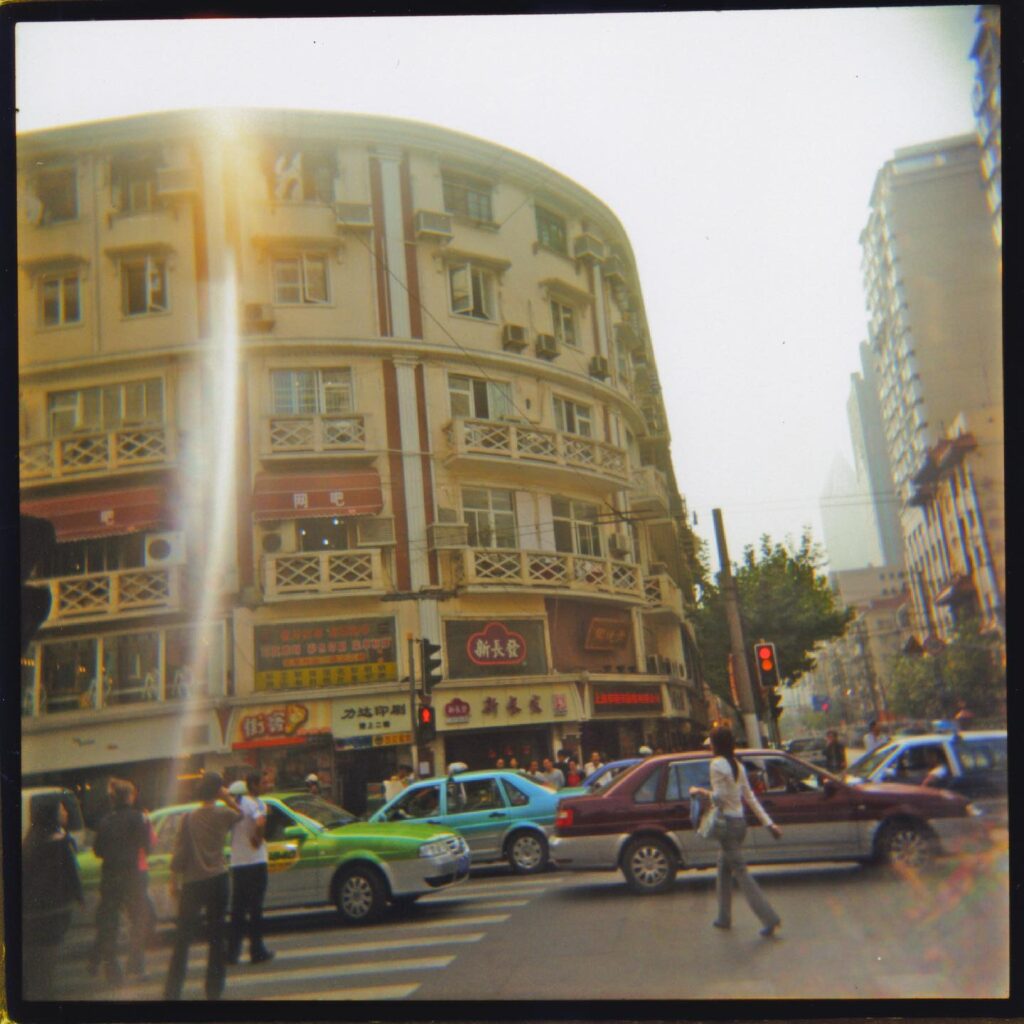
I thought your career is really interesting, because, as I said, you came from another background. And then you took a break to have children and actually you have two daughters and you homeschool them with your husband and that’s a full time job if ever there was one. So could you tell me a little about that? And does it feed into your art? Do those two things feed into each other?
I think my older daughter, especially, but my younger daughter too, I think they actually LIKE seeing me take photographs because they are now starting to take photographs with their iPhones and such, and they have a pretty good eye, with composition and things. So they’re getting more into photography that way as well – I think that’s how it would feed into their education. Personally, I got more interested in plants, animals and birds and as I’m exploring nature photography they learn too. My daughters can identify many different birds, and I think a lot of it is due to my interest in bird photography. So in that sense my photography and their education do complement each other. But in terms of the rest of the curriculum, they don’t really. I do have to set aside time for photography. And Ken has been very supportive, in my returning to art and photography.
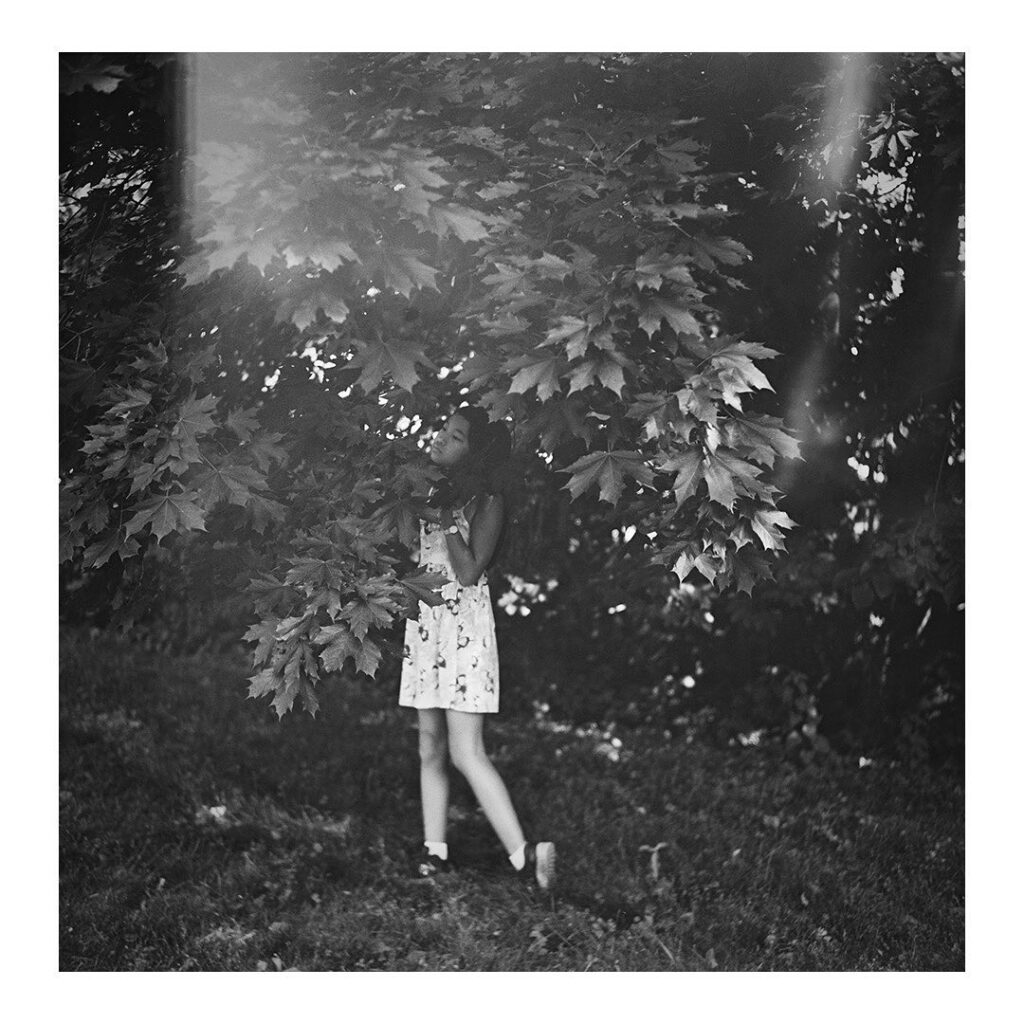
So how does your experience of motherhood and of taking care of your children in such an intense way affect your art, your photography, if it affects it at all?
It’s a really good question because I think I had this dichotomy in my mind, that I couldn’t really focus on photography when they were younger. I mean, there were some nice photographs I took of them with the camera. But I think for the most part, because, you know, we’re on the go most of the time, I kept bonking my daughter’s head with my camera, which is so heavy. Especially when they’re like just walking around – they’re like this height and I’m short!
So there was this dichotomy in my head that I couldn’t really photograph with my big camera when the kids were around. But with E being back in gymnastics, I’m back at it, because I want to capture the moment. Like lately I’ve been trying to challenge myself to photograph the gymnastics meets in a more artistic way than the typical sports photography.
And so I started using film again, and I like it. I like the effects.
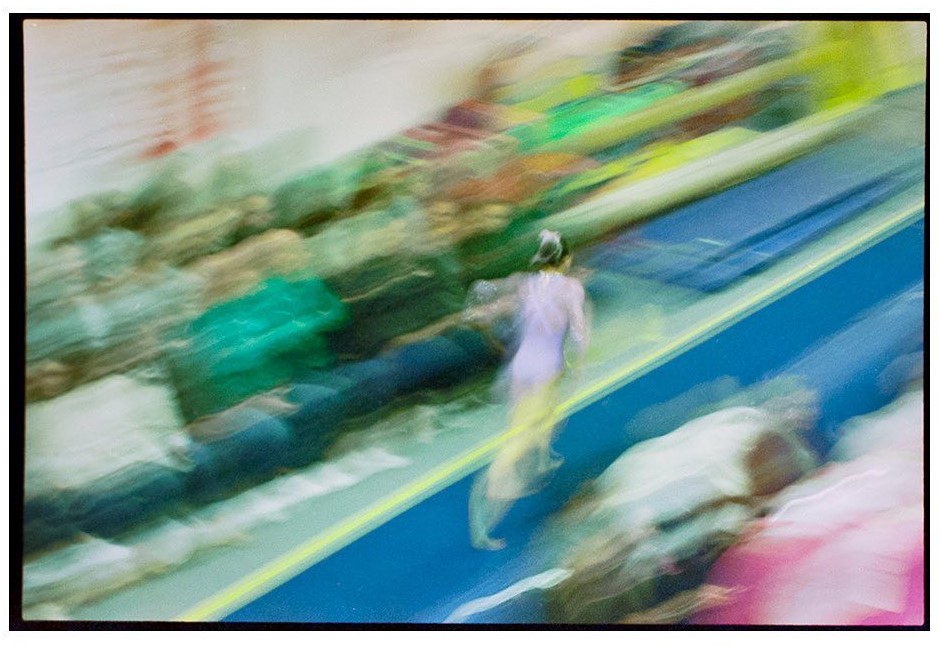
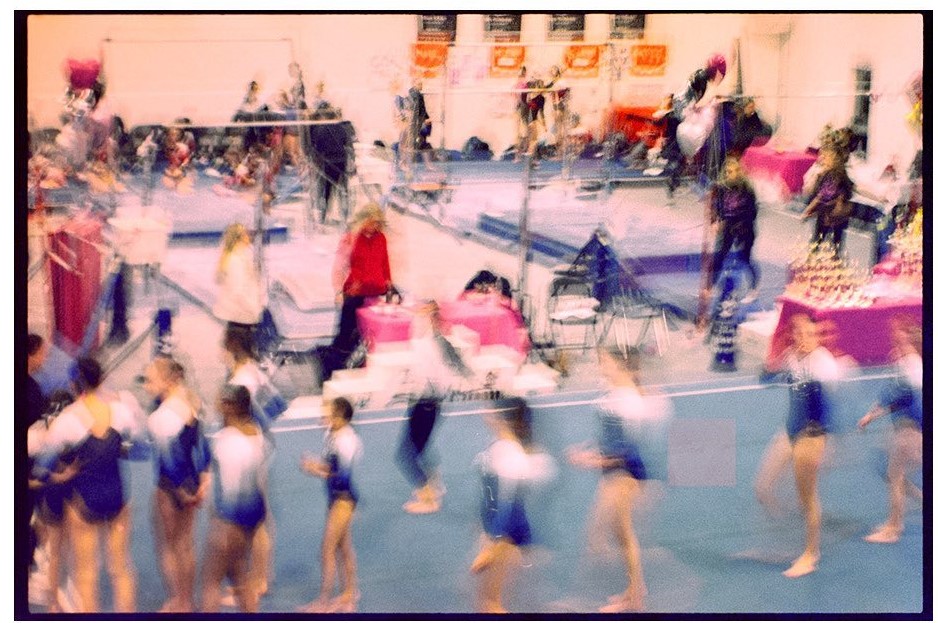
Yes, I saw you’ve been taking more dynamic pictures – and I also saw on your website you have a fantastic series on cowboys?
Yes, that cowboy series was back in 2008. I actually had solo shows on that series, and it’s funny, because during the break I was walking away from it – I went into this depression also and I thought like everything that I created before just looked bad to me and I didn’t want to show it anymore. But now I’m looking at it again. It’s not bad!

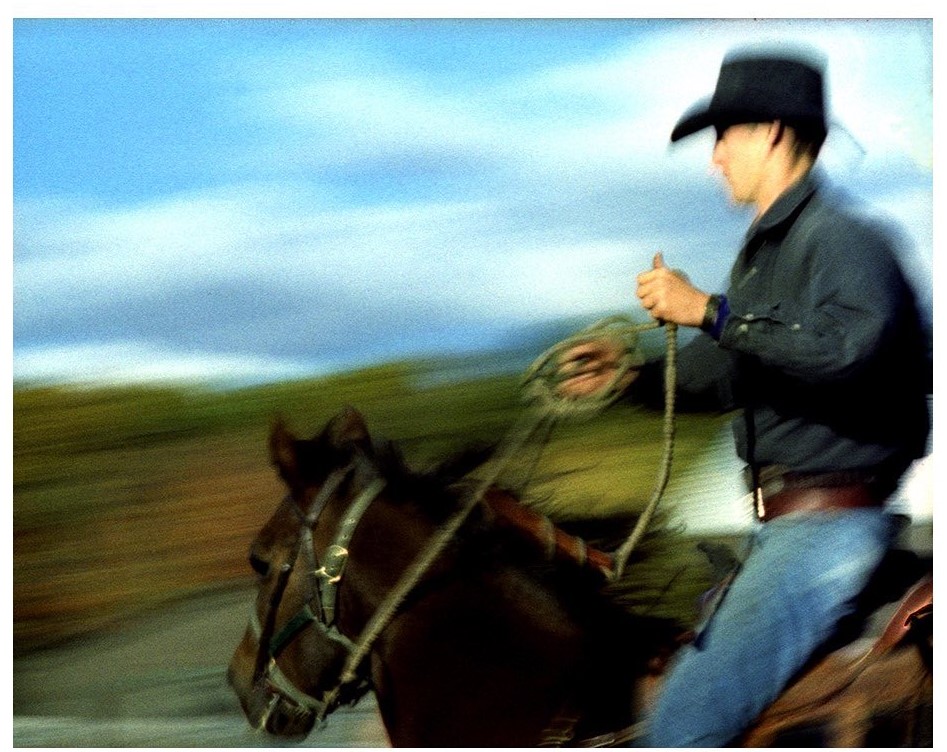
It’s amazing. I mean, I was looking at the pictures the other day on your website and they’re amazing. I was struck by the dynamic nature of that work, because, when I first came across your work it was through your images of the natural world, which are quite static. But the work you’re doing now – I wouldn’t say it’s a different person because I can see the same style, but you’re developing towards something different and to me very exciting. Is it deliberate?
It is deliberate. As I was taking photos of my daughter in a meet, I wanted to do the panning again and that’s what I did with the cowboys. And when it came out I was like “oh, that’s me, yes, that’s me”. So it brings me back to the cowboy series, and I’m enjoying that quite a bit. I feel like I’m coming full circle in a way, and everything is falling into place and making sense.
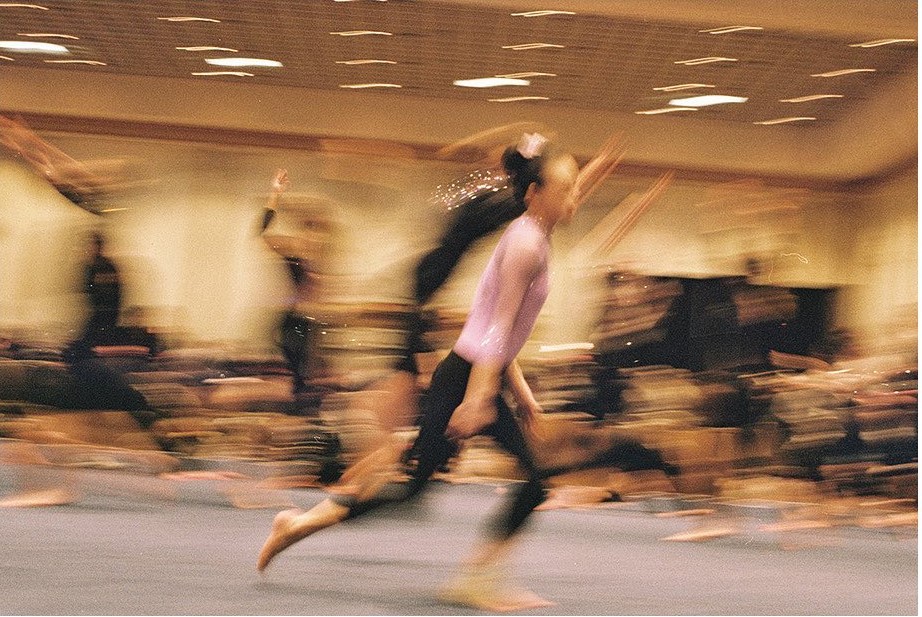
Having children is a sacrifice for anyone, and it’s completely understandable, completely normal. But I think it’s so important, particularly for women artists, to maintain a space for yourself, which know that it’s just for you – not as a mother, not as a partner, for you. And I’m really glad you’re getting back there because it does show, and it shows a lot.
I feel much better. I feel like my depression is leaving me – I feel myself in the zone as I’m creating and it feels good.
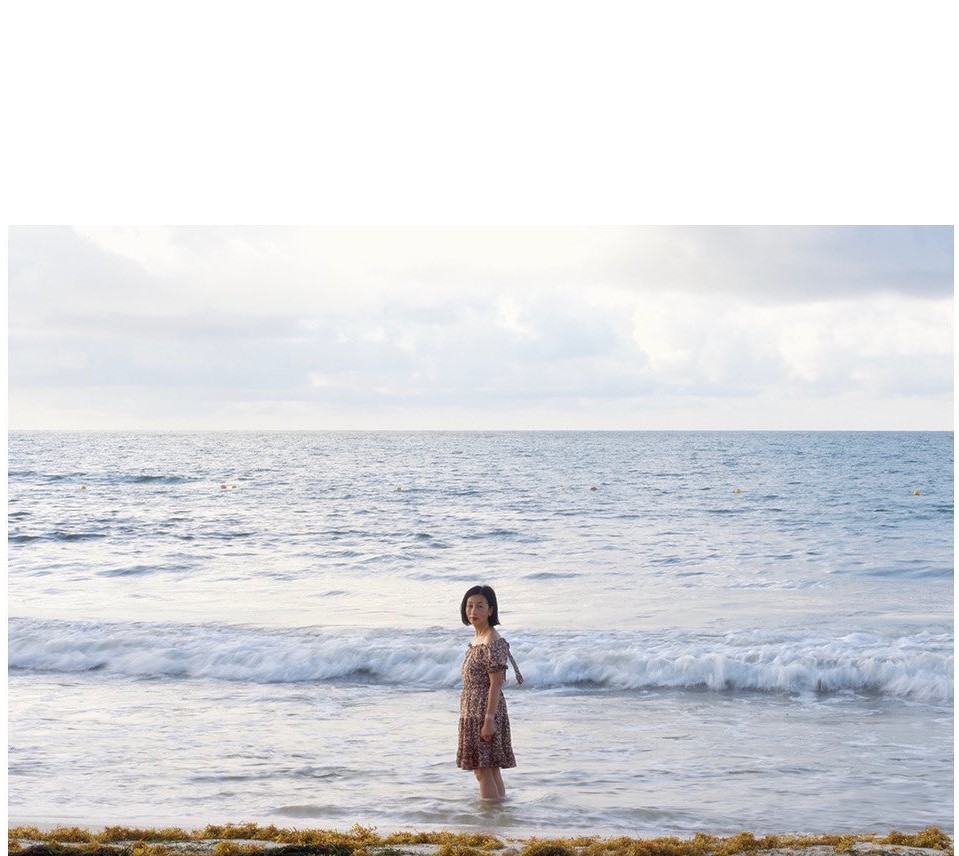
Yeah, because of course the pandemic couldn’t have helped, could it?
Yeah, that was tough. That was why I got into nature. I saw birds in the backyard and I started learning more about them. And I got interested.
One part of our town is farmlands and we got like nice woods, preserves and stuff. Where we’re living is not that rural, but birds still visit our yard, so we have that advantage.
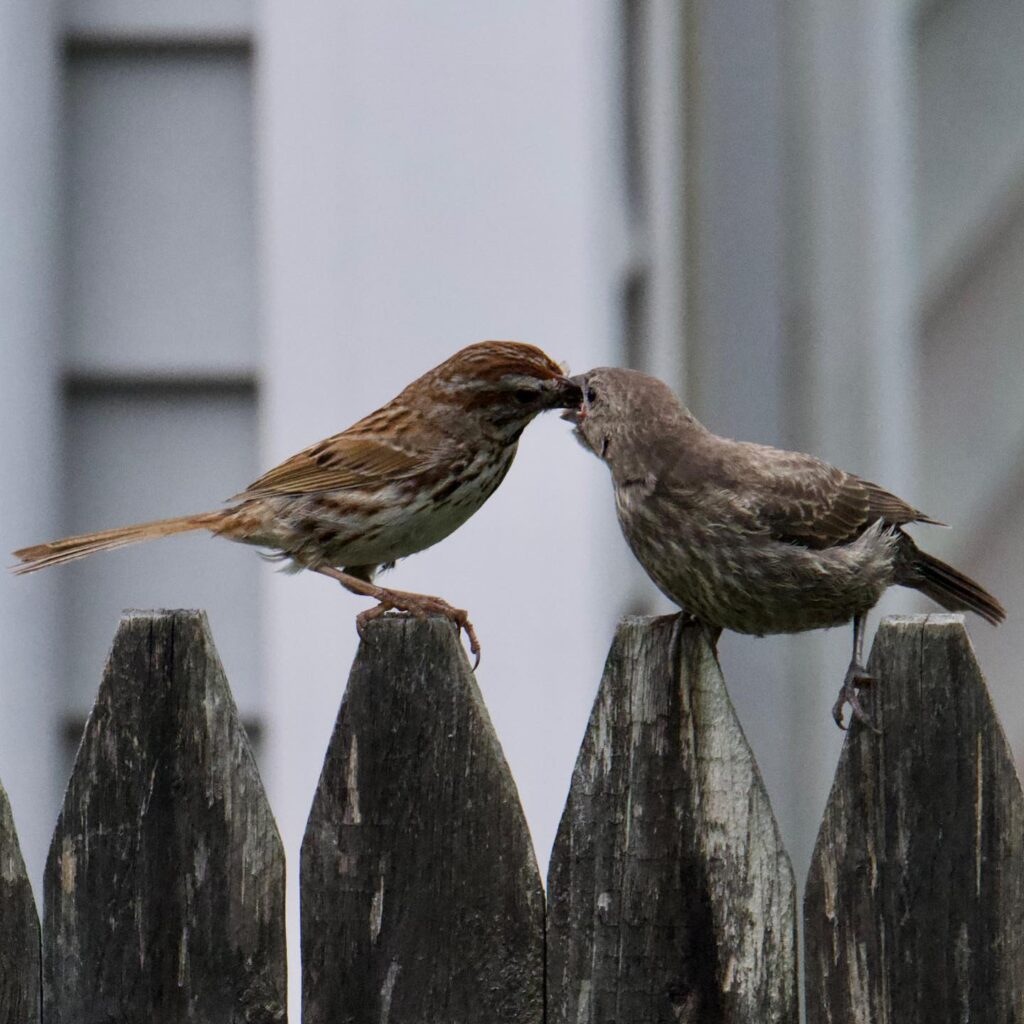
What you tell me about finding your way out of the depression through nature, that explains a lot about your work, because it’s imbued with feeling in many ways.
I feel like nature really saved me in a way. Spiritually, it’s very healing to be in nature. We took nature walks when there really wasn’t much to do during the social distancing phase of the pandemic, but we were allowed to be outside with masks on. On New Year’s Day 2021, we went on a long nature walk on one of the Mass Audubon properties around here and that was really healing.
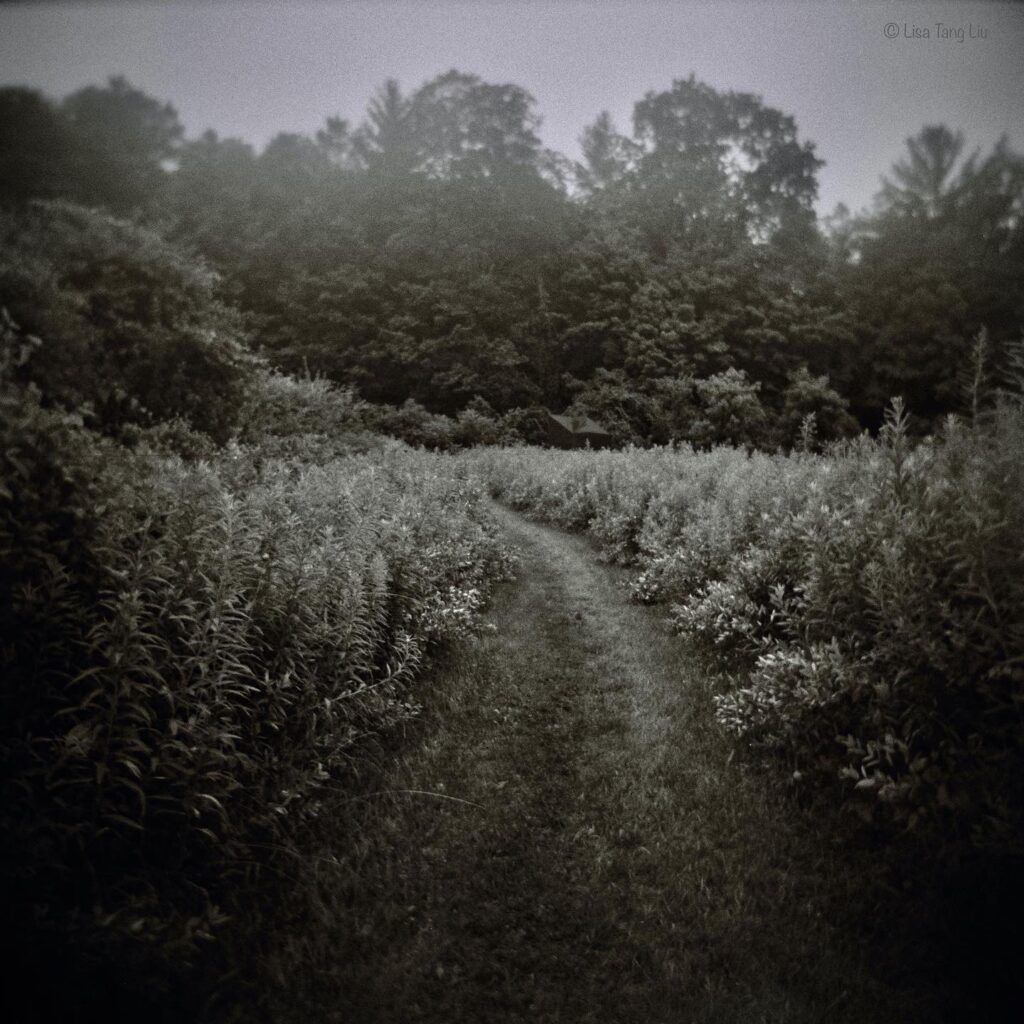
And it was such, such a good feeling, being out there. So I tried to do more of that and I became more curious about plants. In the past I would just photograph something and go, it’s a bird, it’s a flower. But then I got more into like, “what is this flower, what special personality that does it have?” So it opened up a new world to me. And it’s amazing, just looking at nature, they find a way to survive and how long they’ve been around.
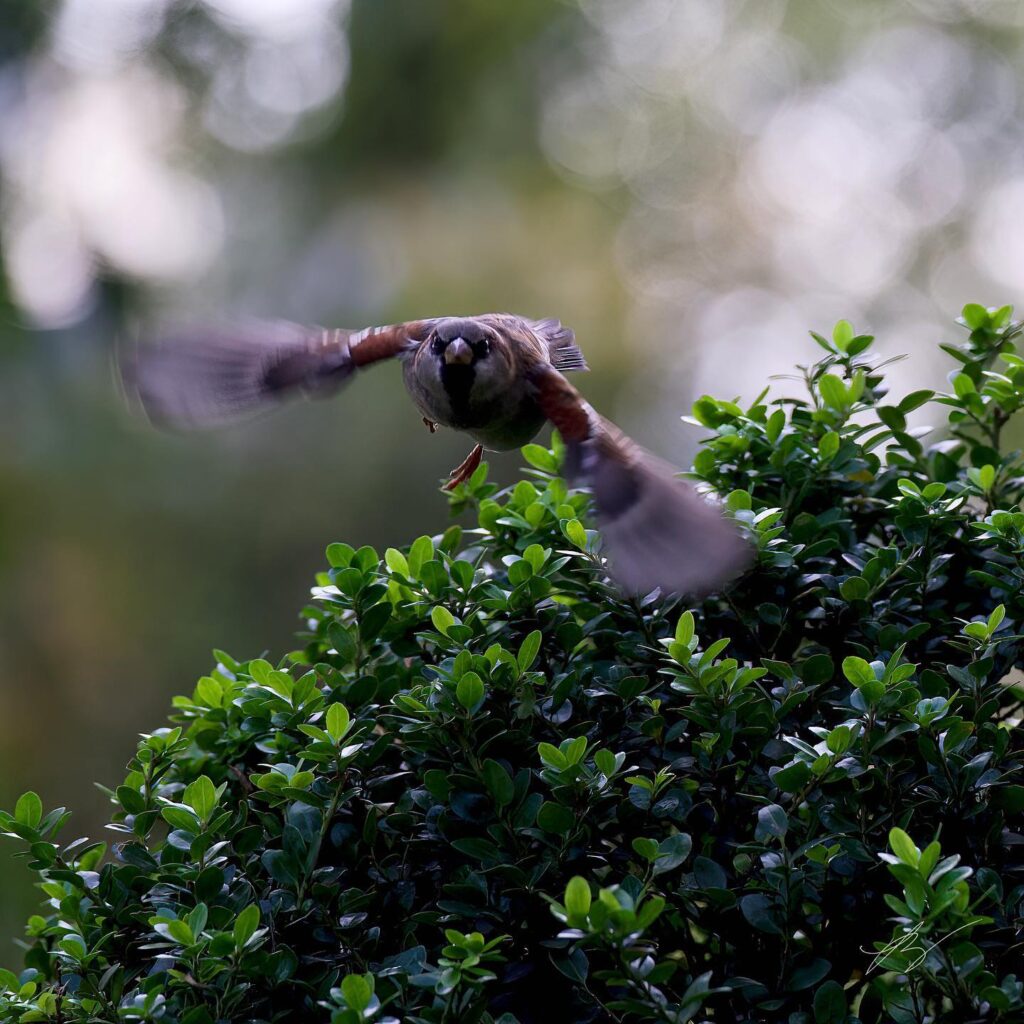
I was just thinking the other day – I was eating really spicy Korean noodles and, and all of a sudden I was like, Gosh, I can’t even like imagine Korean food without chili peppers, which was brought over right to the Old World from the New World. What was Korean food like before?
It’s amazing to imagine how did the Italians manage without tomatoes. What did they do? We know they had pasta, but what do they put in it?
It’s like “no red sauce!”
You’re always very careful in your nature work to label or name what you are depicting. You often ask your readers “Do you know what this is called? Do you know what’s its name in Spanish? Do you know its names in several languages?” And you’ve also made comments about racist names which you don’t want to use because they shouldn’t be used, actually. In a way, it’s as if you’re mapping your world through your pictures, through your photographs.
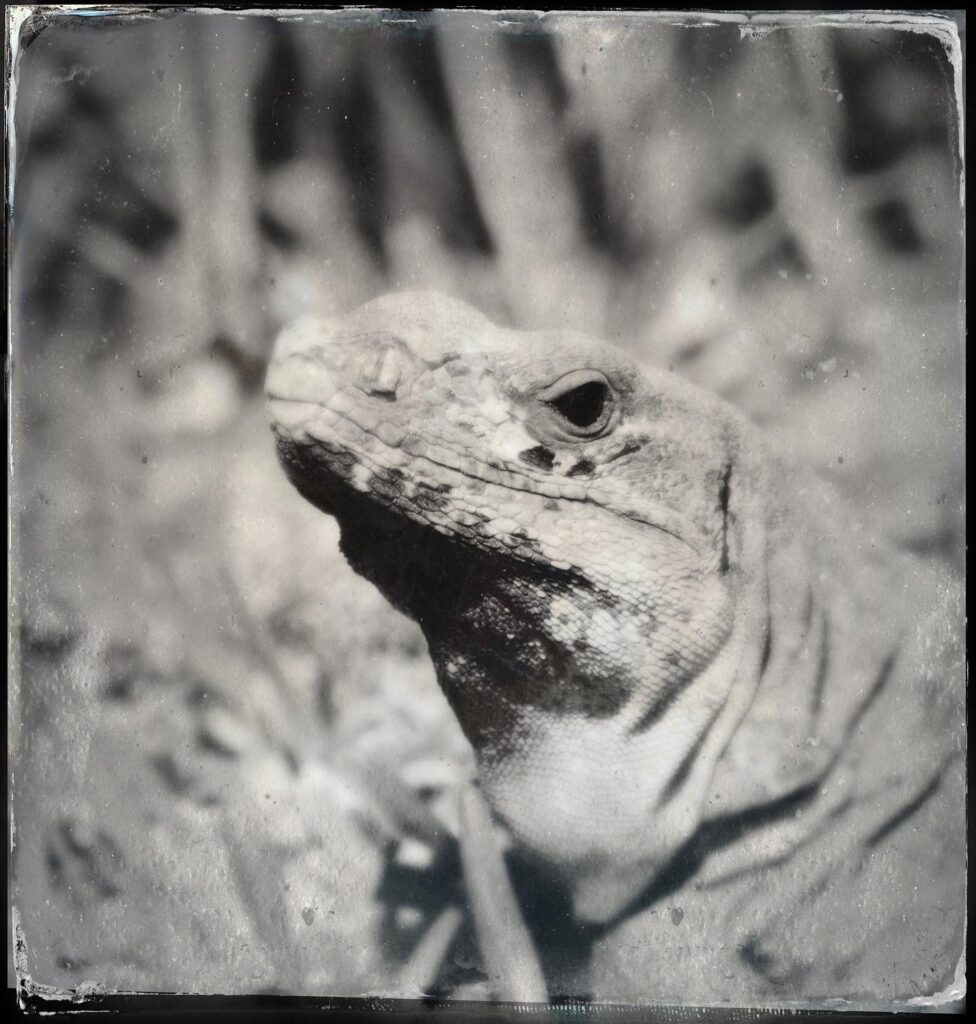
That’s a really good point. Yes, I think I am mapping my world, and because I have been learning about these species in the pandemic, I am a lot more sensitive. I am like hypersensitive to systemic racism – you know, the language used, Trump calling it the China virus, the Chinese virus. It’s very, very racist, and I started thinking about how we never really questioned before when in the beginning of the pandemic people were calling it the Wuhan virus. I was guilty of that too by calling it that because that was what was named in the newspapers. And you just kind of accept that kind of systemic racism that you don’t even question.
And then it’s like, “wait a minute, there’s something wrong with this”, the weight of all these words that are loaded into the name of something, right?
I was almost in tears at the end of a guided walk, a class that we were taking with our home schooler friends. The guide was very knowledgeable and he was just naming these things. But there is a level that he might not even be aware of because I think it’s subconscious for him. He would talk about Covid and then the plants that originated in China in the same breath and I was like, huh. And then like toward the end of the day, toward the end of the class, I was almost in tears because he kept on going at it. “This is the Oriental bittersweet, the Japanese knotweed, the Chinese Chestnut… They are invasive, and they shouldn’t be here. Like COVID.”
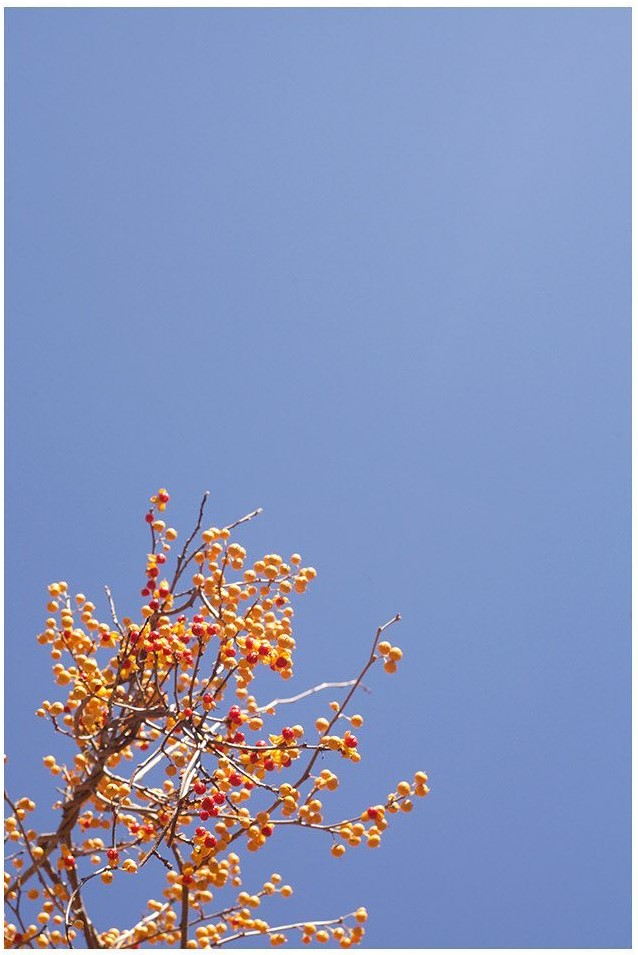
And I had to go up to him and tell him that having an association with race in the plant names is systemically racist, and I’m glad I did. I also pointed out that many of these plants were not brought over by Asian immigrants but by Americans of European descent. First they were deemed exotic here, and as they spread they are labeled “invasive”. I do map my world, my life, through the species I’m learning about. I think as an immigrant, I can’t help but constantly think about my place in this world. Even though I am thoroughly American in my thoughts, I know I will always be considered by some as foreign.
As you say, there is no such thing as neutral language. But I think there’s also no such thing as neutral photography. People tend to think of pictures, of images, as not being art because anyone can take a camera and just take a picture and there’s the idea that it’s a reflection, it’s like a mirror. But it’s not really like that at all, is it?
You’re right, there is always an interpretation when someone clicks that shutter button. The photograph we see is through the photographer’s eyes.
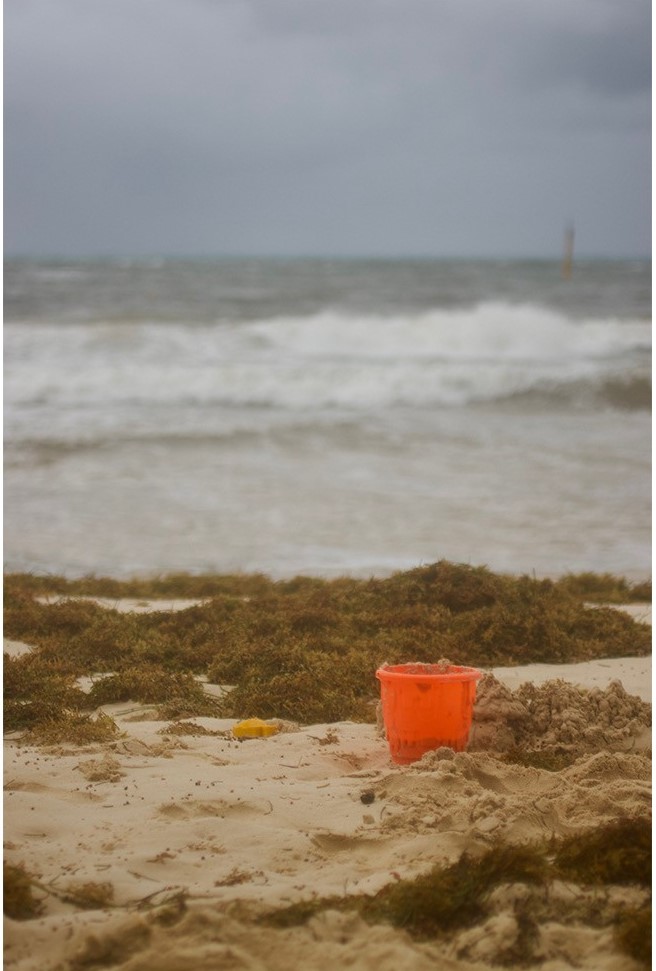
And even when you’re documenting there is an intent. There’s no such thing as neutral, even when you’re just documenting. There’s always a design, there’s an intent and, as with language, it’s extremely easy to forget it. “I’m just saying Oriental because everyone says it, it doesn’t mean anything”. Yes it does!
Yeah, and you perpetuate that, right? The more you keep that going, you’re perpetuating the systemic racism that’s built into the language. And in documenting you do have an intent. If I want to take a picture of my drivers’ license, even if it’s probably not hard, I’m taking it and sending it to someone with a purpose in mind.
And in the future, who knows? Like, if some alien species from outer space came here and found all these records of people taking the photographs of driver’s licenses, they may think, oh, this is art. Just like how maybe back then in Greece, when people were making the vases, they knew they were making a beautiful object, but it was still utilitarian. But it is definitely art today, right?

You have a quite active online presence, with a website and two photography accounts – Expert in Nothing and Pigmentia Holga. I think that covers it?
@expert.in.nothing on Instagram is my catch-all sandbox images. I keep photographing and it’s difficult to organize my images. I just put up whatever I’m working on if it doesn’t fall into a neat category. But I wouldn’t say I have that much of an online presence. It’s all quite jumbled up. (Laughs)
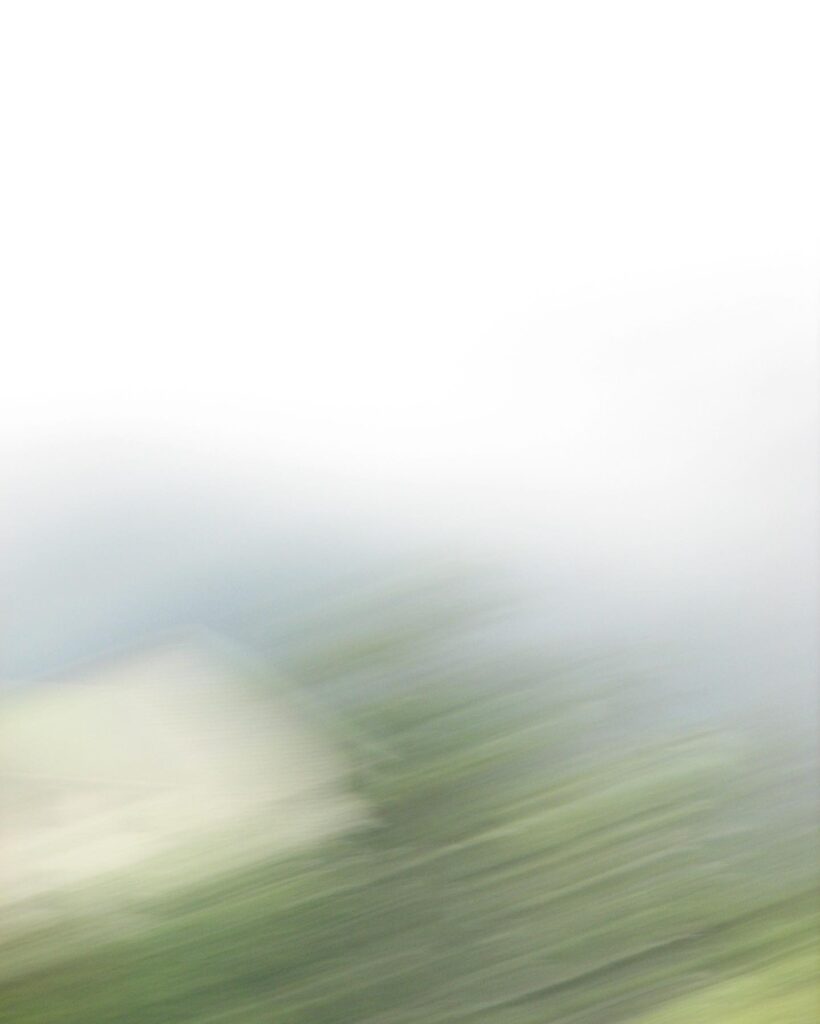
I’m also working separately on an abstract nature series – I’m using the free lens technique, the dreamy technique a lot more. It gradually transformed into a series about Daoism. I really, I really like the concept of Daoism, the ideas, the philosophy. So I took these free lens images with Daoism in mind. I feel this freedom, this sense of flow, if you will. The technique involves taking the lens off the camera body and you flip the lens over. You have to focus very carefully as the lens is detached from the camera body while you click the shutter. It turns into a macro lens so you can get real close to your subjects. And, depending on where your focus is, it can be very dreamy and blurry. And then there are light leaks that come into the side and that hit the mirror, which makes for an ethereal look that I really like, and I feel like it kind of captures the feeling of Dao.
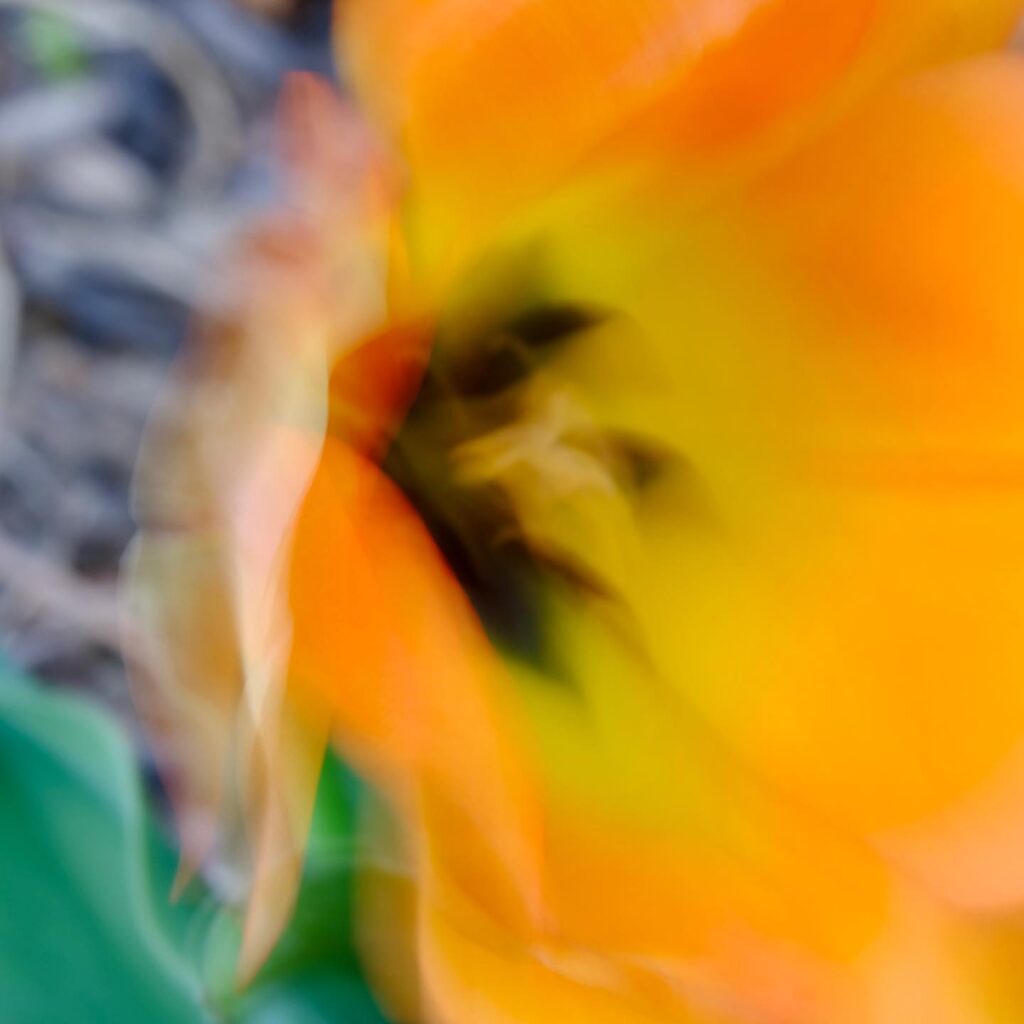
I’m still working on it. I mean, everything is work in progress anyway! That gallery is at @nature_of_dao.
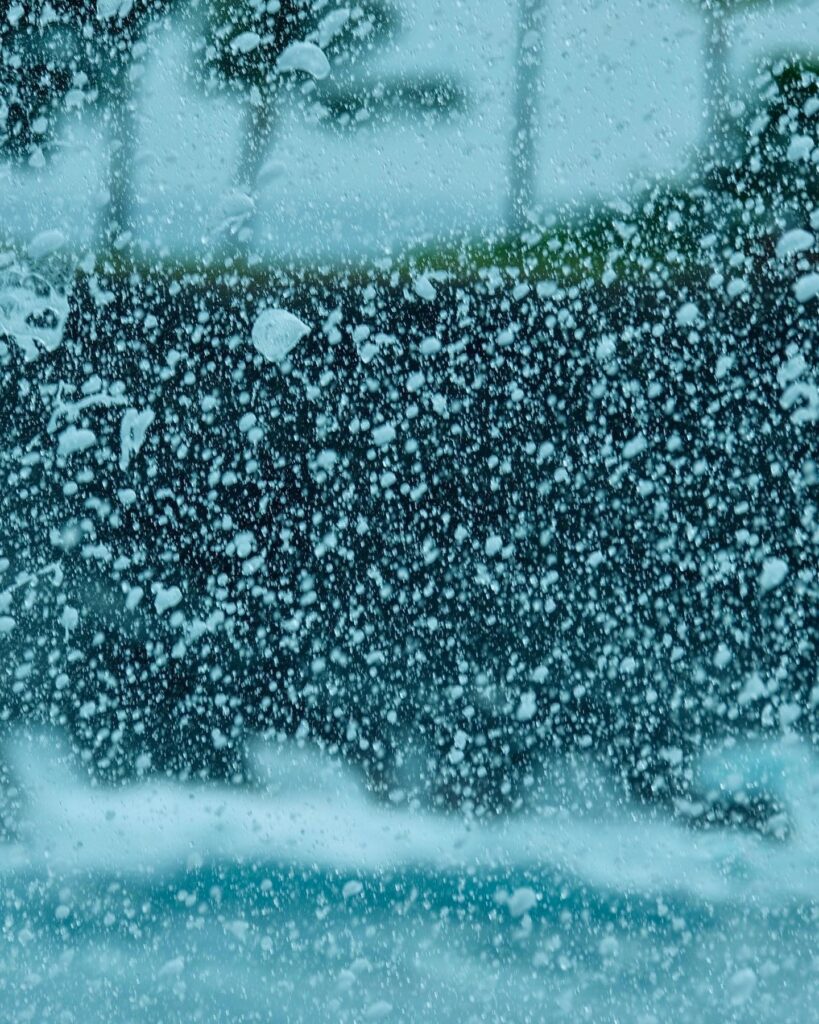
And then there was a series I started during the height of the pandemic when we were in lockdown mode, when everybody was social distancing. I took pictures of animal visitors who showed up on the fence between my neighbors’ house and our house. Birds and squirrels came and went freely about, and I just took pictures throughout the seasons. I envied their freedom to come and go with ease. That is at @pigmentia_fences.
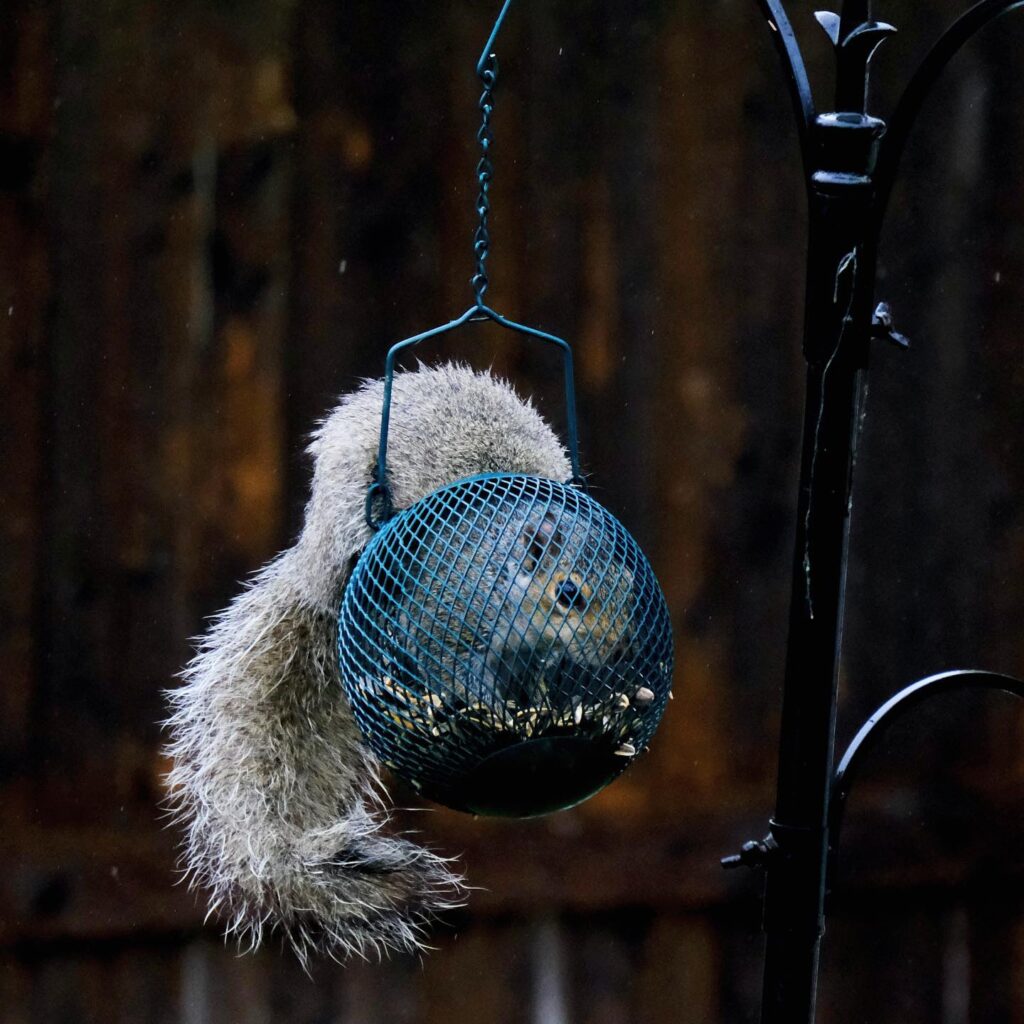

My Pigmentia “Red in Nature” account has been repurposed recently into an account that focuses on my photos taken with a Holga camera. For those who don’t know what a Holga camera is, it is a completely plastic, cheap and crappy camera. Because of its simplicity and limitations, I feel like I can be pushed to be more creative. In that sense, it’s really Daoist too. Embrace its limitations, and you can see the endless creative possibilities.
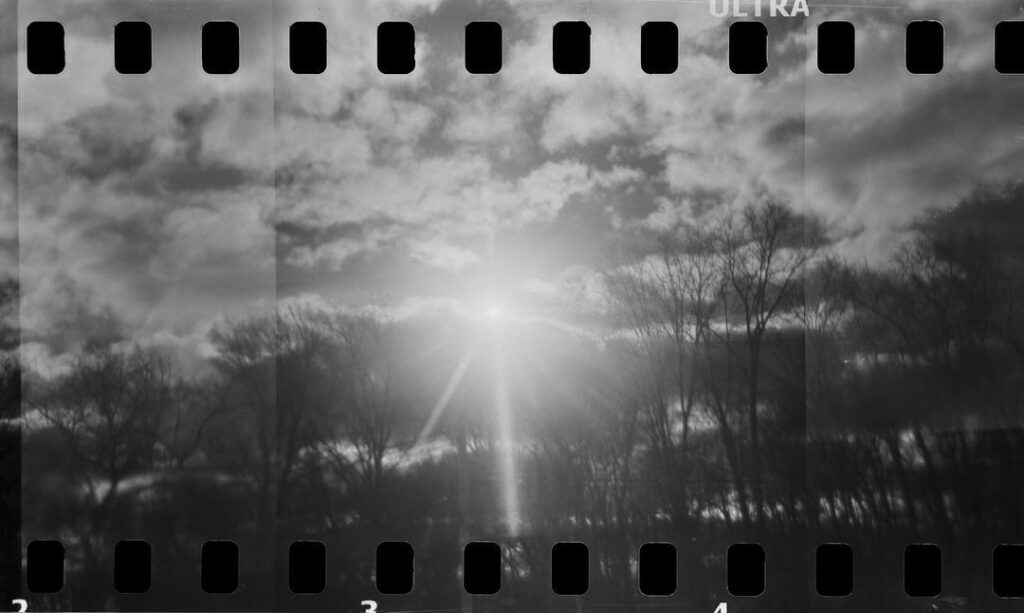
I realized I have quite a collection of Holga images that started back around 2004. Currently, there’s a growing community of Holga aficionados, and so I decided to dedicate this gallery to my Holga collection. That gallery is at @pigmentia_holga.
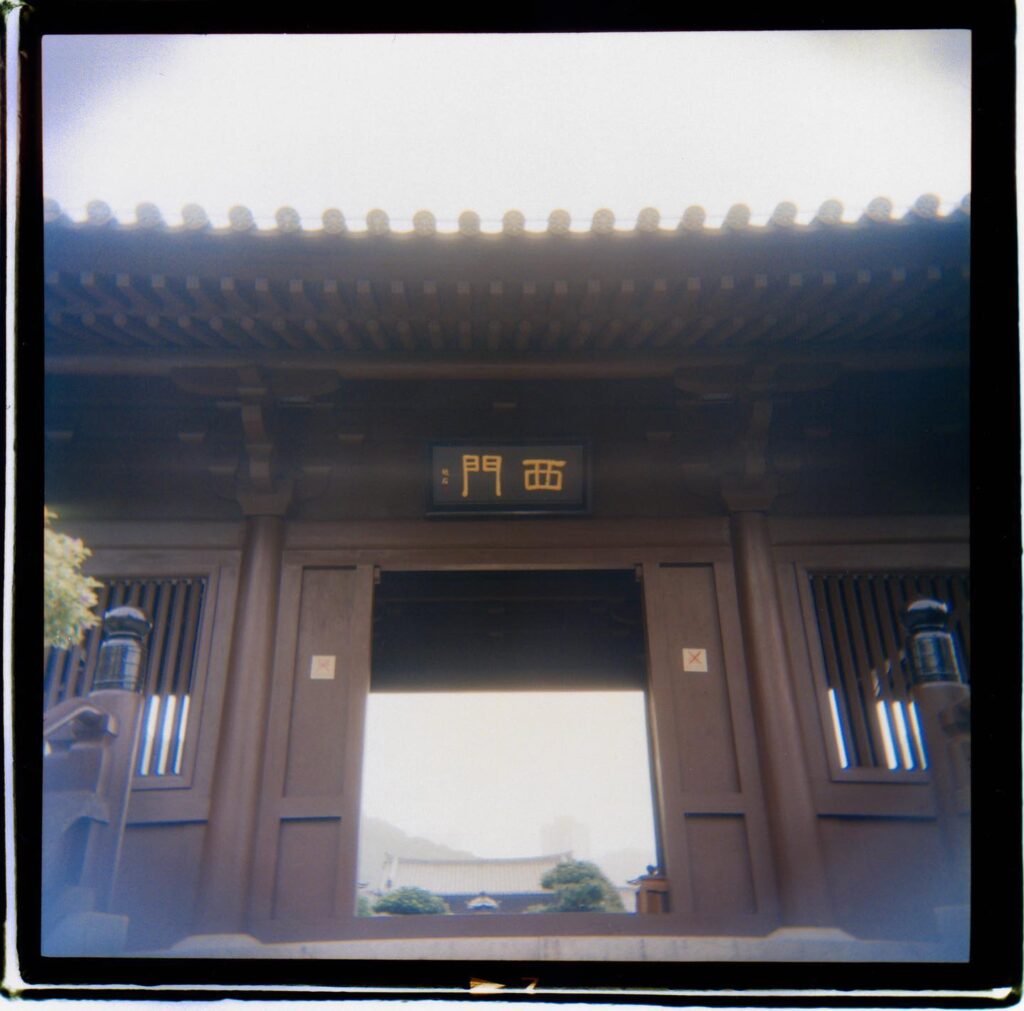
Fantastic! I’m personally really interested in Daoism for reasons. So I’m really excited that you’re doing that.
I actually even told a Daoist story that you might know – the old man who lost his horse. So yeah, I’m working on several things simultaneously. I’m not very organized!
You’re in a partnership with another creative person, so you’re two artists living together and do parenting and home schooling at the same time. I imagine it never gets boring in your house, does it?
We’re both pretty fiery people, yes! (Laughs)
Ken also has a fairly significant online presence and I understand that you help him manage it. The question is, you’re an artist, he’s an artist – he’s a well-known science fiction and fantasy writer – and obviously you want to support him. But not as The Wife of Ken Liu. So – how do you do that?
It’s tough. I have fun managing his online accounts even though after school started this year, I’m letting things slip a lot (laughs). There’s a lot more I wish I could do, but I also help him to prescreen some of the more of the systemic racism, something he has to deal with at least on a weekly basis. That’s how I help.
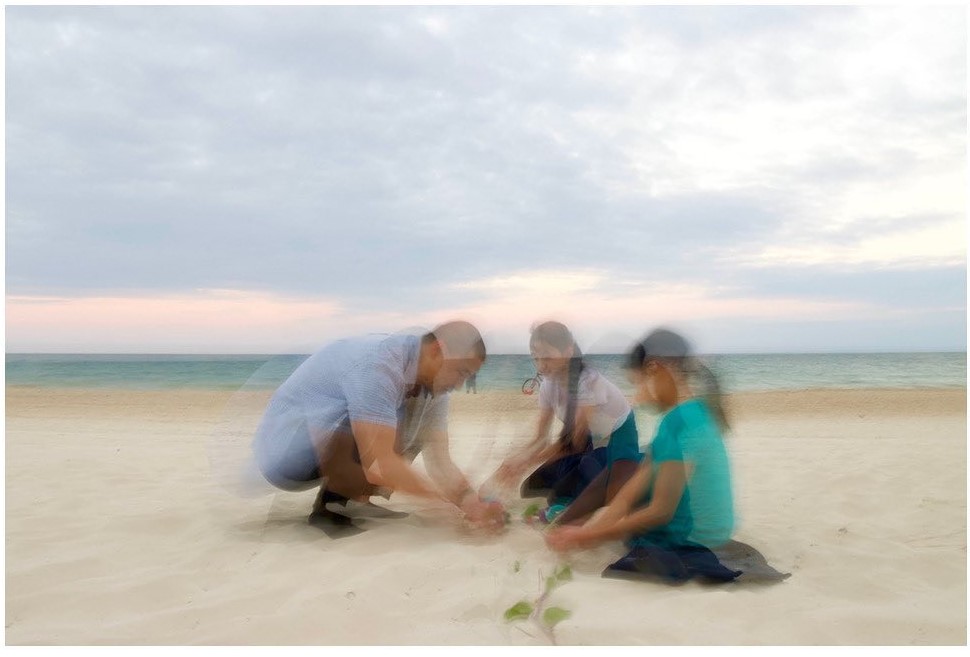
But it is hard, because ever since I became a mom, I was less involved. I was not really doing art as much and, and he was just becoming famous. So I became Ken Liu’s Wife.
Recently, Ken spoke at an event, and the girls and I all went to see him. And at the end of the event, the kids and I walked up to him. As he introduced us to the organizers – one person said to my children, repeating their names, “oh, hi, nice to meet you”. And then, when I went up there, Ken said, “This is Lisa, my wife.” And she answered, “Oh, I’m bad at remembering names. I only remember children’s names. Hi, E and M’s mom.”
She just told me that’s all I was to her – Ken Liu’s wife and E and M’s mom. She could remember my husband’s and my daughters’ names, but she wouldn’t remember mine.
Oh my God, that’s so horrible. I’m so sorry. It’s like the kindergarten version of The Handmaid’s Tale.
You seem to have developed a thicker skin against online trolling and online unpleasantness, though. How do you do it? Have you developed a sense of humor after the pandemic or something like that?
I think I always try to remember that most of the time people aren’t being malicious, and I try to explain to them when I can. Sometimes it works and sometimes it doesn’t. You just have to kind of roll with it. At the end of the day, I’m the one who’s going get the most upset over it.
So – what’s next for you? Are there any plans for an exhibition or an online shop?
I would like to get my act together and have my website redone – it’s kind of a mess right now. I’ve been asked over and over again whether I’d be selling cards uh, and I’m contemplating that, making sets of cards, and prints.
I do have a solo show coming up in the local library in September and October that I’m pretty excited about. It’s the first time I’m showing in many years.
Great! For those of us who are not in the United States, I hope you will post about it and show it to us – I do want to see it so badly.
Okay, I’ll do a tour of the gallery when it happens.
Does it have a particular theme?
I’m going to show the Red Series on one wall, and the Dao work on the other.
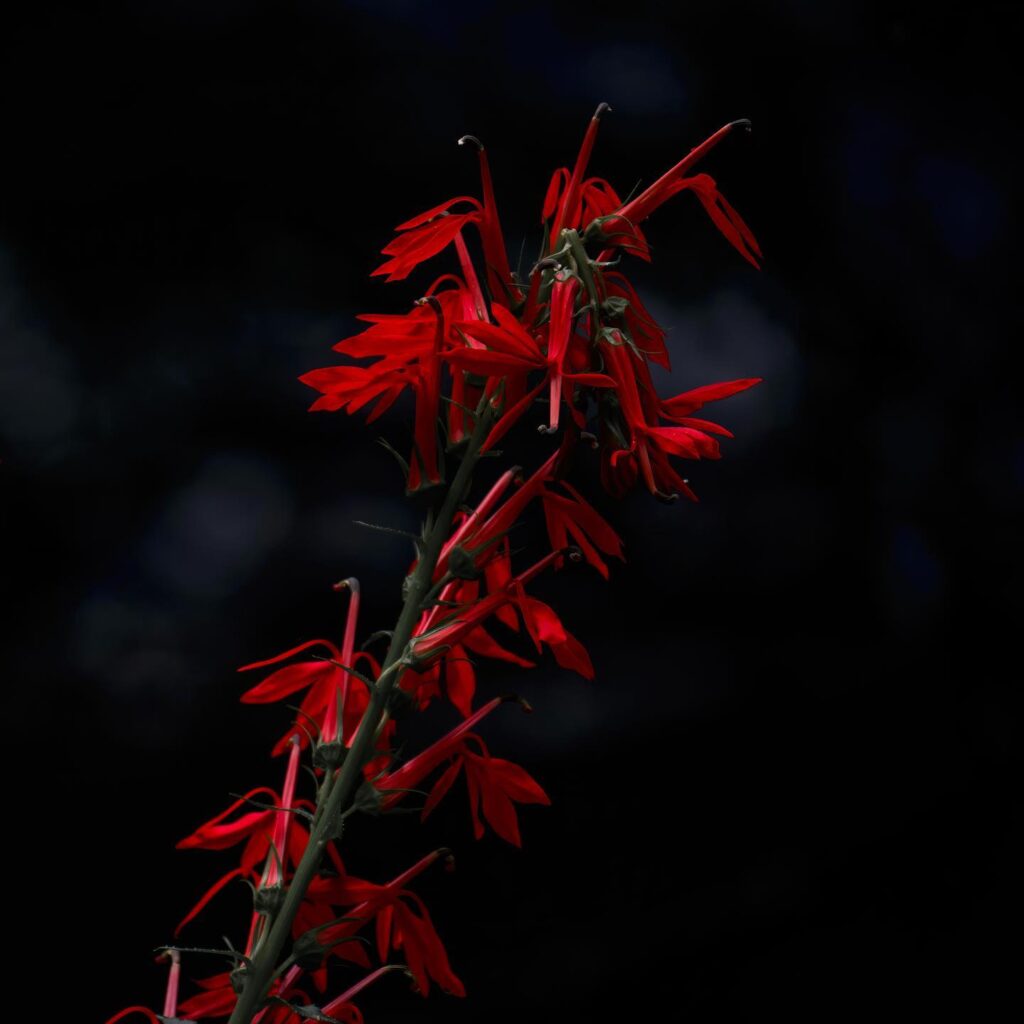
The Red Series – how did that start? Because it’s a really, really striking series.
I was inspired by many nature photographers on Instagram. I love low key, very moody lighting, and as I experimented with that, I noticed that red is a really nice theme to tie it all together. I went on to think along the lines of how some species are native and some are introduced. Some introduced species are invasive and some are not considered invasive. Although not often talked about there are native species that are known to be invasive too.
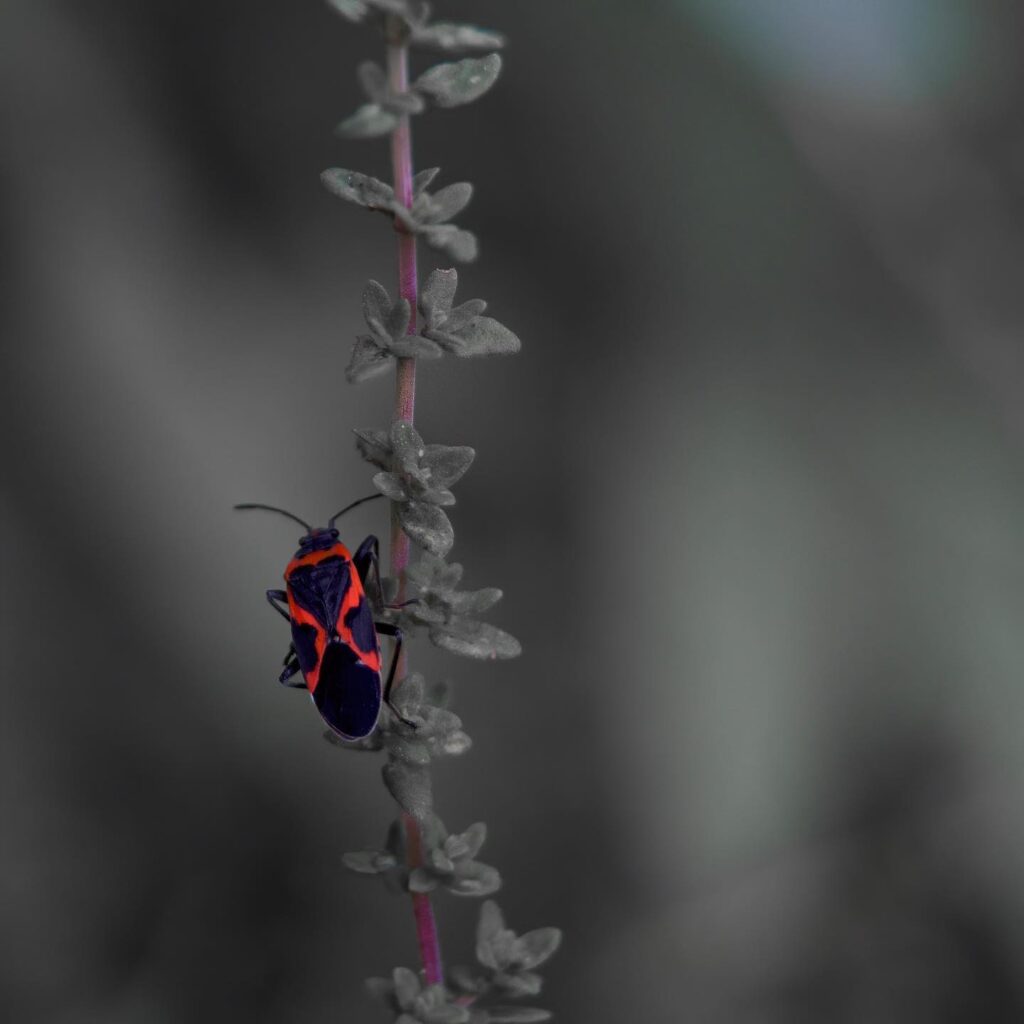
So, I’m trying to figure out what all this means. I can’t help but relate it to my experience of being an immigrant too. The United States is a mosaic—I think it’s more multicultural, multiracial than probably any other country in the world, except perhaps Canada. There are problems and tensions, and I’m trying to see how that reflects in nature too. I’m still trying to make sense of all this.
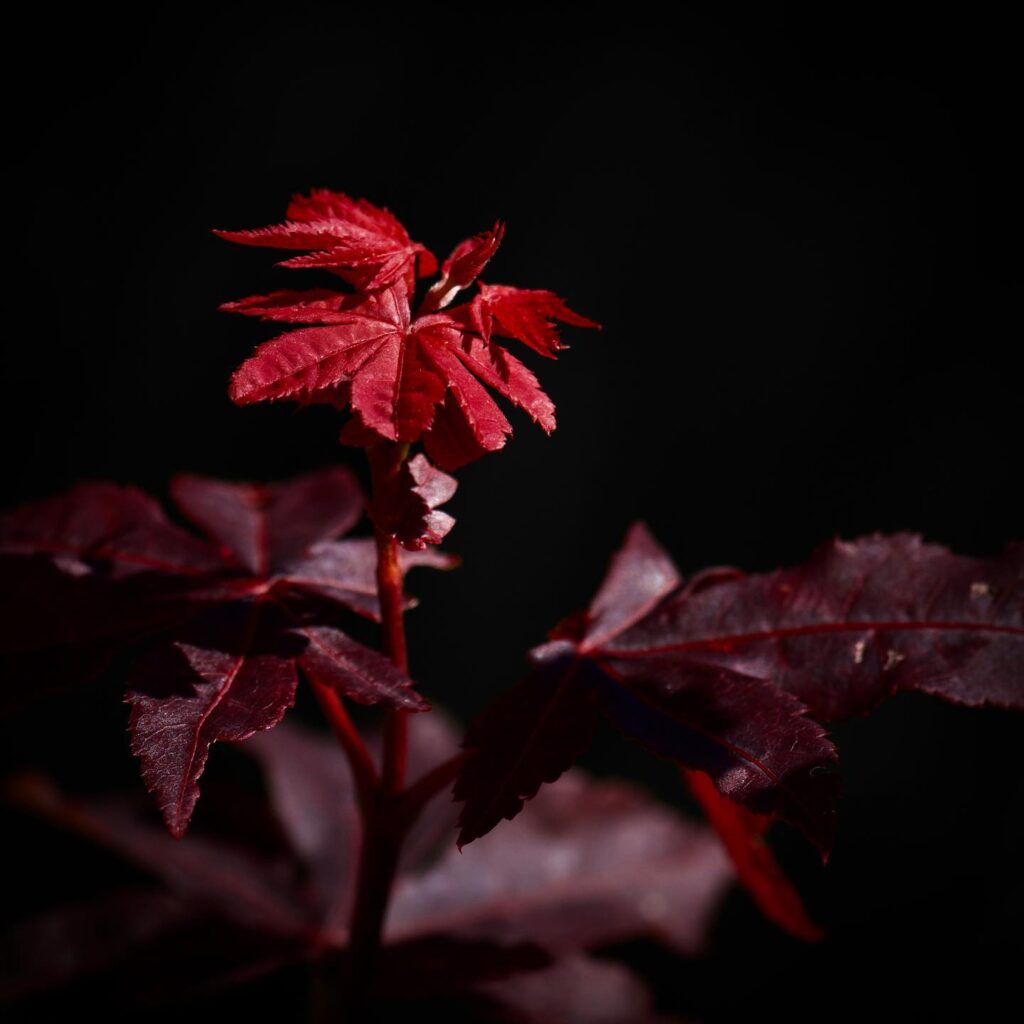
Nature plays itself out. I can’t really verbalize the thesis because I’m still working it out. It’s work in progress. That’s what’s going on in my head as I’m taking pictures of all these red things.
